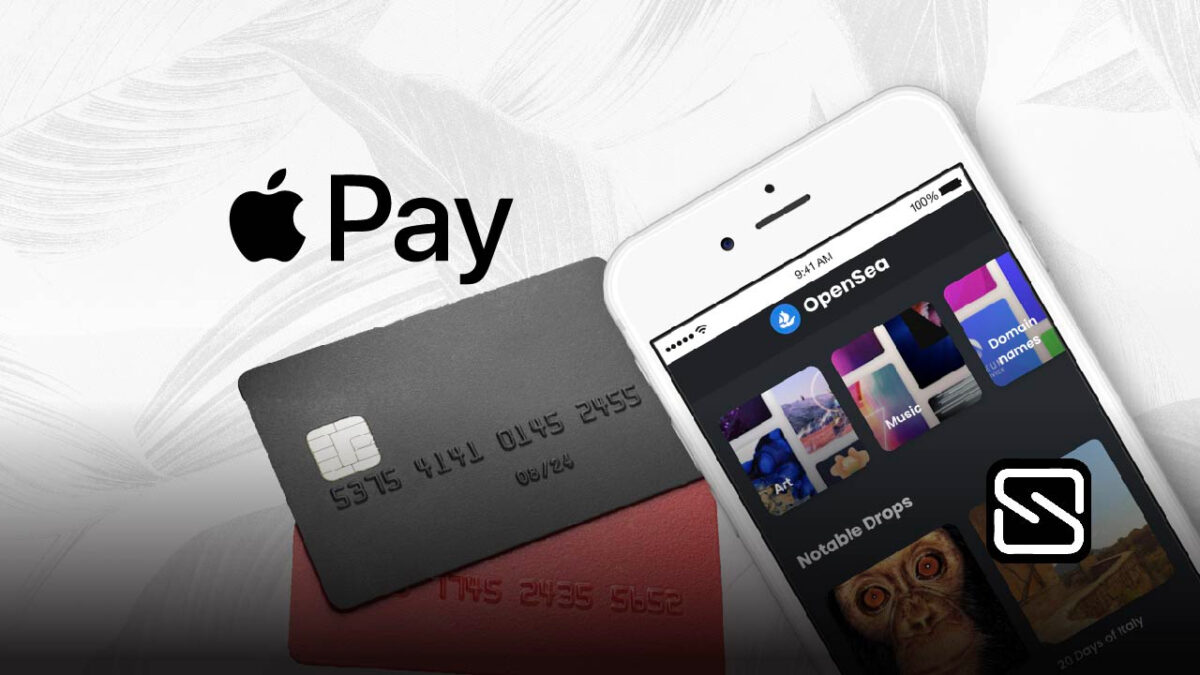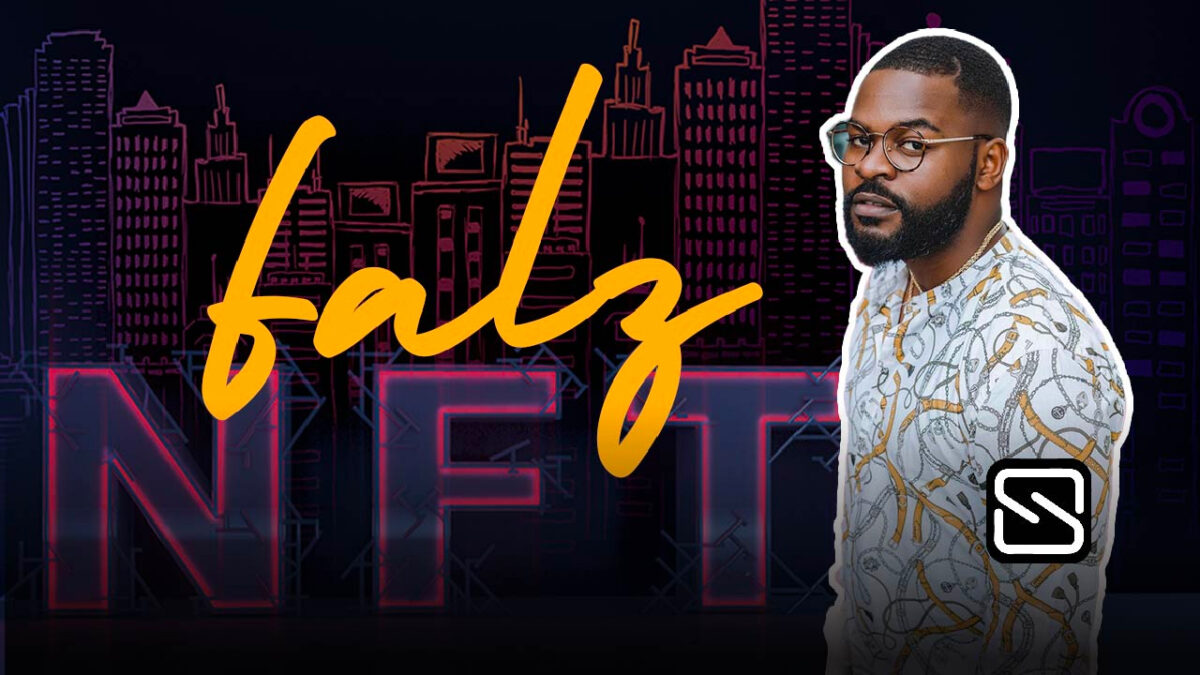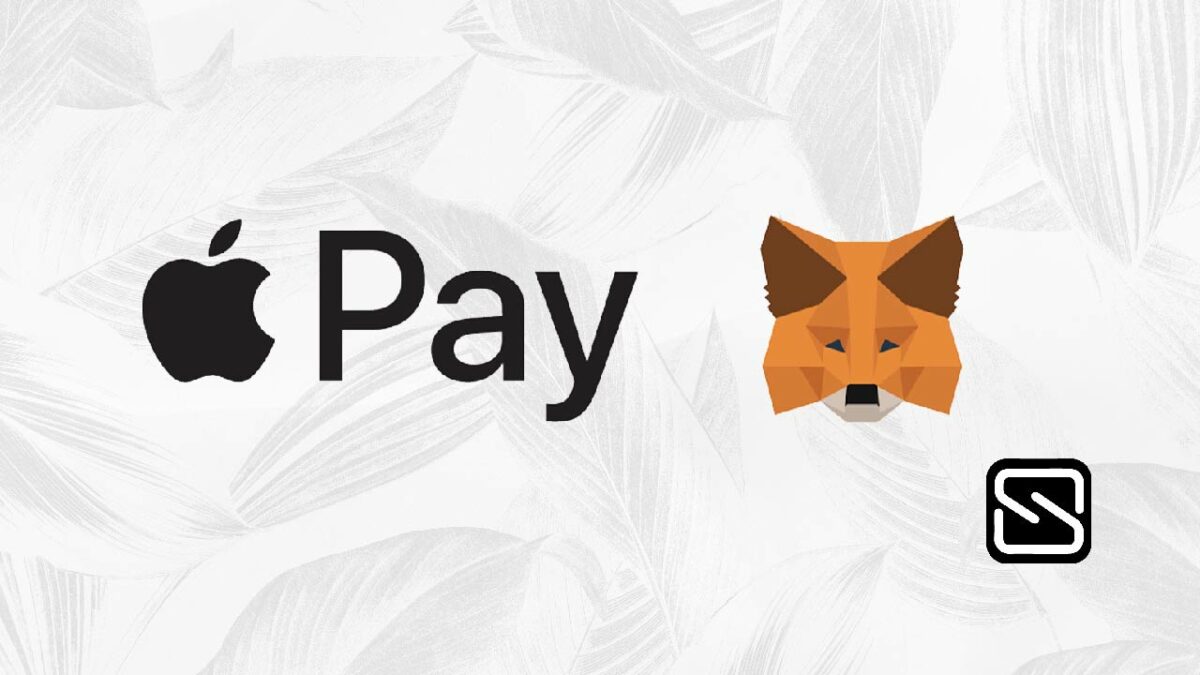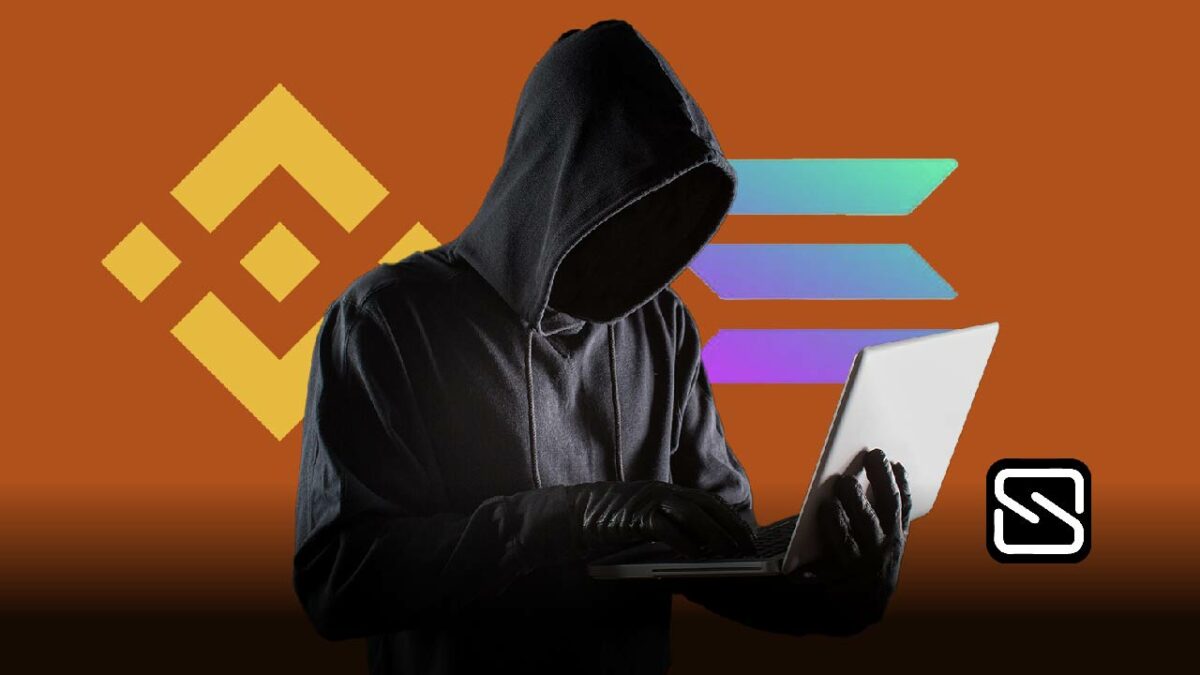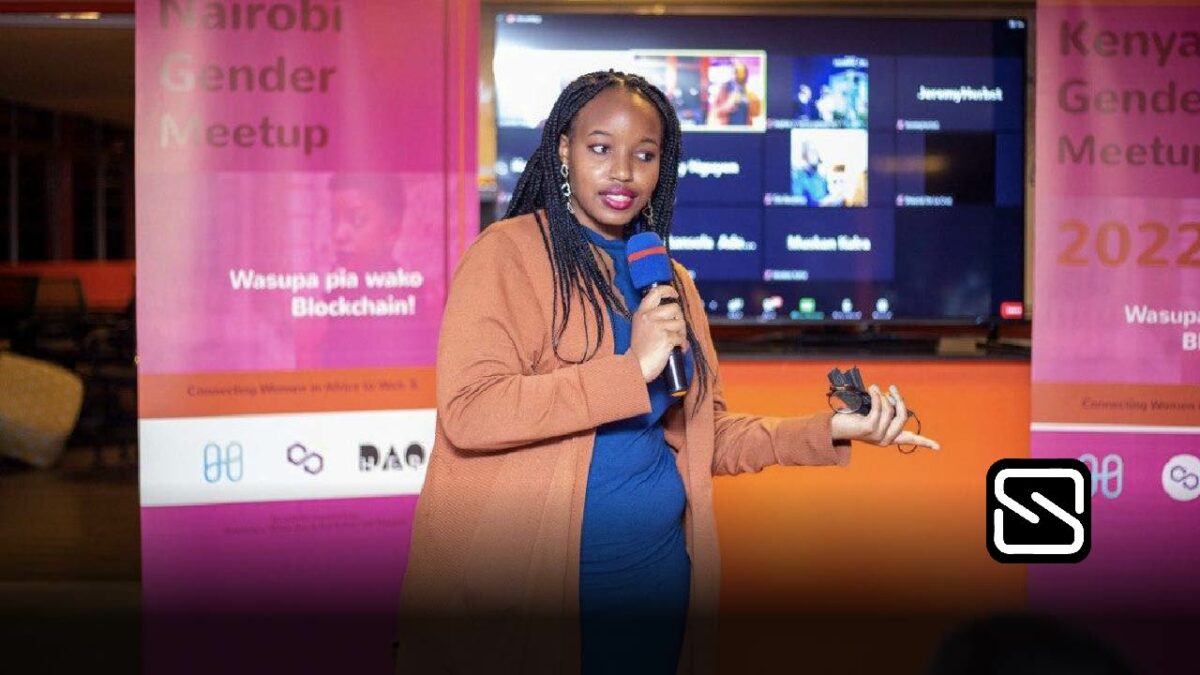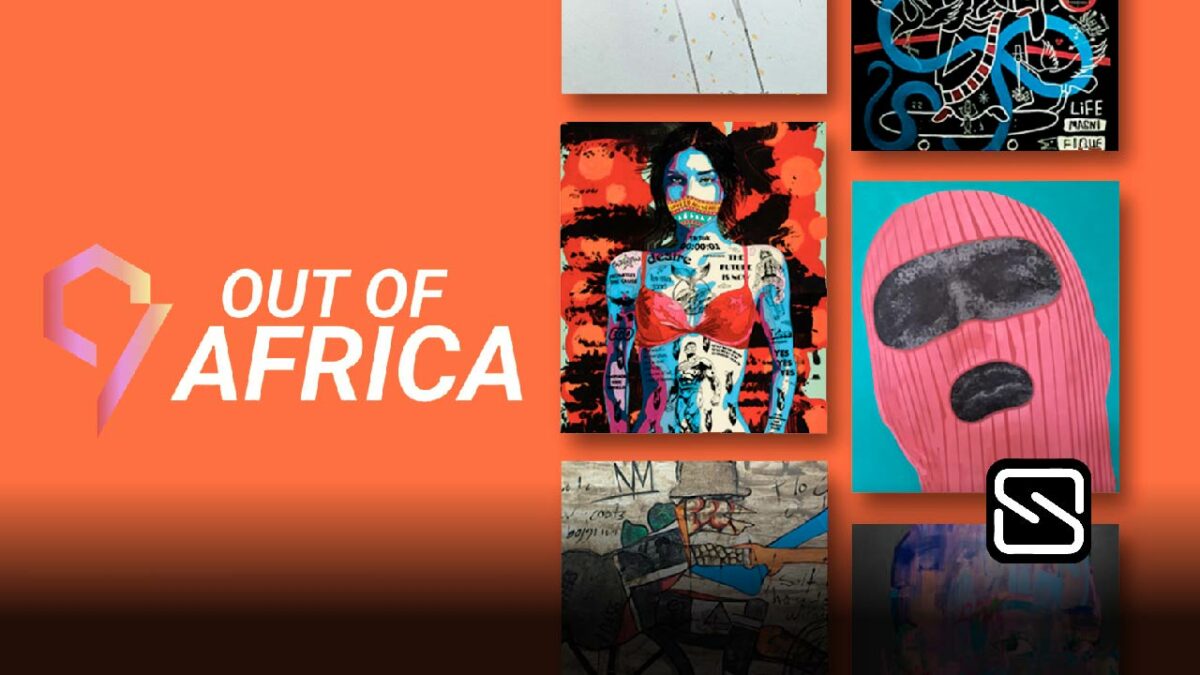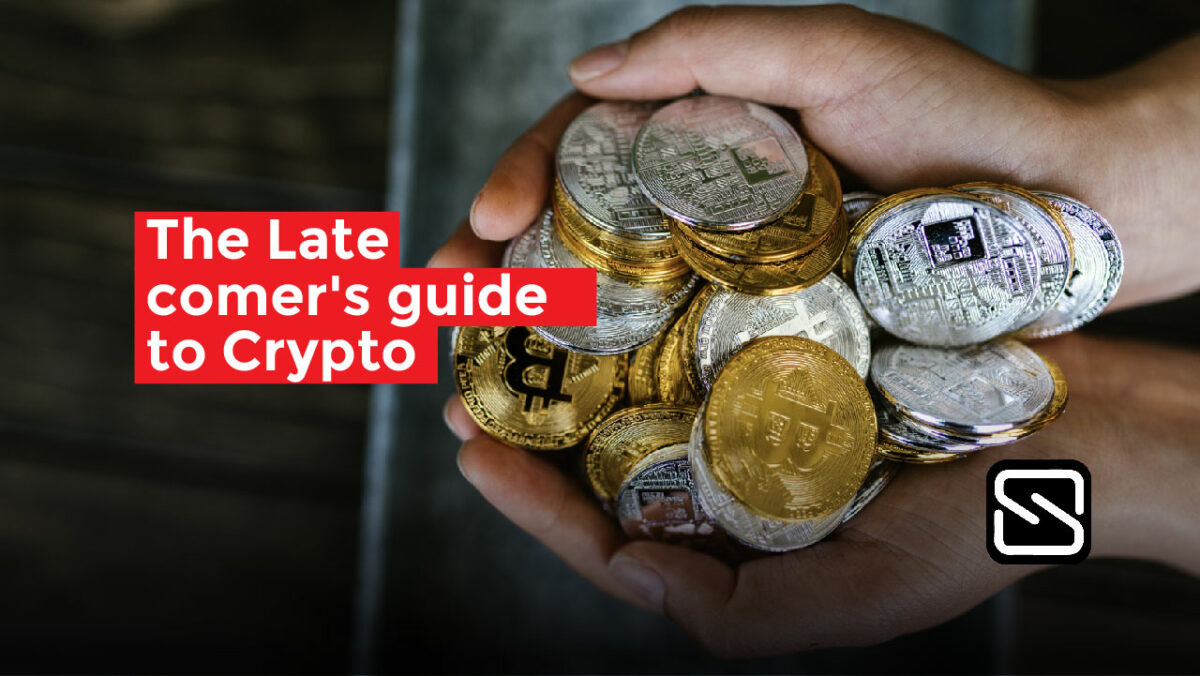Some of the hot topics buzzing around young people in Kampala right now are crypto currencies, NFTs, Metaverse, and Bitcoin. Let’s face it, most of us don’t comprehend much beyond the fact that Bitcoin has made a lot of money for a lot of people, particularly those who invested early.The prospect of acquiring an “overnight” fortune has everyone in Kampala curious about Crypto.
Well, hello latecomer, let us help you chill with the “big boys” with this late comer’s guide to crypto.
For years, it appeared to be the kind of passing technological fad that most people might comfortably dismiss, similar to hoverboards. However, its economic and cultural clout has grown too great to ignore. The crypto trading app YellowCard has billboards all throughout town advertising discounts for first-time crypto customers. The crypto market is now worth around $1.75 trillion, about the same as Google. A lot of people are putting aside at least 100,000 Ugx in order to participate in the Crypto gold rush.
Crypto has sparked an exceptionally contentious debate since it became mainstream. Its most ardent supporters believe it is rescuing the globe, while its most ardent critics believe it is all a ruse — an environment-destroying speculative bubble manufactured by crooks and marketed to greedy dupes that will inevitably ruin the economy when it goes burst.
It’s no secret that most of the crypto market is made up of inflated and overhyped assets, as well as pro-crypto zealots’ idealistic beliefs (such as the claim by Jack Dorsey, the former Twitter chief, that Bitcoin will usher in world peace).
However, we must acknowledge that Crypto isn’t just a cynical money-grab, and that real things are being produced. We also need to recognize that when a lot of money, energy, and talent is poured into a new project, it’s a good idea to pay attention, regardless of your feelings about the project.
The majority of beginner’s guides are in the form of dull podcasts, sloppy YouTube videos, and biased investor blog entries. Many anti-crypto arguments, on the other hand, are riddled with falsehoods and out-of-date reasoning, such as the claim that crypto is beneficial for criminals, despite mounting evidence that crypto’s traceable ledgers make it unsuitable for illegal behavior.
We’re not here to persuade you that cryptocurrencies are good or terrible, that they should be banned or praised, or that investing in them would make you wealthy or bankrupt. We are here to clear things up a little.
Crypto Will be Transformative
Understanding crypto now is crucial for several reasons, even if you’re normally suspicious.
The first is that in the future years, crypto wealth and ideology will be a transformational force in our society.
You’ve probably heard of the Dogecoin millionaires and Bitcoin dudes who drive flashy cars. But that’s only the beginning. The crypto boom has created massive new fortunes at a rate we’ve never seen before — the closest analogy is arguably the discovery of oil in the Middle East — and it has transformed its top winners into some of the world’s wealthiest people, virtually overnight. If the market crashes, some wealth may be lost, but enough has already been cashed out to assure that crypto’s influence will last for decades.
Crypto’s wacky, meme-crazed online culture can make it appear superficial and frivolous. That is not the case. Even the most frivolous cryptocurrencies are part of a well-funded ideological movement with profound ramifications to our political and economic future. Bitcoin, which arose from the ashes of the 2008 financial crisis, was initially popular with libertarians and anti-establishment campaigners, who saw it as the foundation of a new, incorruptible monetary system. Since then, other crypto worlds have set grandiose aspirations, such as creating a decentralized, largely uncontrolled blockchain version of Wall Street.
We’re already seeing a surge of crypto money aimed at various causes, such as the Russian-Ukraine invasion. Millions of dollars have been donated by cryptocurrency entrepreneurs to Ukraine and others affected by the conflict. Crypto billionaires throughout the world will fund crypto-friendly candidates’ campaigns or run for office themselves in the coming years. Some may try to circumvent party gridlock by founding super PACs, supporting think tanks, and so on. Others will try to avoid partisan impasse entirely. (In the South Pacific, crypto millionaires are already buying property to establish their own blockchain utopias.)
Crypto is set to become one of only a few actual wedge issues, forcing politicians all across the world to choose sides. Some countries, such as El Salvador, whose crypto-loving president, Nayib Bukele, recently announced the construction of a “Bitcoin City” at the foot of a volcano, will go all-in on cryptocurrency. Other governments may determine that bitcoin poses a threat to their sovereignty and take action, like Uganda did in 2018 when it banned cryptocurrency trading. The gap between pro-crypto and anti-crypto zones around the world could end up being at least as wide as the one between the Chinese and American internet, if not wider.
Crypto isn’t just another strange internet fad, despite its silly exterior. It’s a well-organized technical movement with tremendous tools and legions of wealthy ardent believers with the objective of complete economic and political upheaval.
Crypto could be destructive
The second reason to pay attention to crypto is that learning about it now is the greatest way to avoid it being a destructive force in the future.
The most popular criticism of social media apps like Facebook and Twitter in the early 2010s was that they couldn’t be seen as something serious. Users would soon tire of their friends’ vacation images, advertisers would go, and the entire social media sector would implode, according to pundits. The assumption wasn’t so much that social media was hazardous or terrible as it was that it was dull and corny, a hype-fueled craze that would fade away as fast as it had arrived.
Nobody was raising questions like, “What if social media is genuinely wildly successful?” back then, at least not loudly. In a world where Facebook and Twitter were the primary communication mediums, what type of regulations would be necessary? How should tech businesses with billions of users assess the pros and cons of free expression vs. security? What features of a product could prevent online hate and disinformation from spilling over into real-world violence?
It was too late by the middle of the decade, when it became evident that these were pressing issues. Skeptics, who could have guided these apps in a better path if they’d taken them more seriously from the beginning, were stuck attempting to contain the damage.
Is it possible that we’re making the same error with cryptocurrency today? It’s conceivable. Nobody knows whether crypto will or will not “work” in the long run. (Anyone who claims to do so could sell you anything.) However, there is real money and excitement in it, and many industry veterans I’ve spoken with say that today’s crypto ecosystem feels like 2010 all over again — only this time, technology is changing money rather than media.
If they’re incorrect, they’re incorrect. But, if they’re partly correct, the best moment to start paying attention is now, before the roads are paved and the challenges become insurmountable.
Crypto is fun!
The third reason to learn about cryptography is that it can be a lot of fun.
Sure, a lot of it is ignorant, sneaky, or contradictory. If you can get past the carnival barkers and decipher the lingo, you’ll find a never-ending supply of strange, intriguing, and thought-provoking projects. The crypto agenda is so vast and diverse — incorporating parts of economics, engineering, philosophy, law, art, energy policy, and more — that it provides plenty of opportunities for newcomers to get their feet wet. Do you want to talk about the impact of Austrian economics on Bitcoin’s development? For that, there’s definitely a Discord server. Want to join a DAO that invests in NFTs, or play a video game that pays you in crypto tokens for winning? Dive right in.
Crypto is a Generational Skeleton Key
According to surveys, high-earning white men account for a sizable portion of cryptocurrency owners, and libertarians with dog-eared copies of “Atlas Shrugged” are likely overrepresented among crypto millionaires. It is not, however, an intellectual monolith. Right-wing Bitcoin maximalists believe that crypto would free them from government tyranny and speculators with no ideological affiliations who simply want to make a profit and get out.
These communities are frequently at odds with one another, and many of them have vastly divergent views on what crypto should be. It’s an interesting subject to research, especially with some emotional distance.
And if you learn the fundamentals of cryptography, you may discover that a whole new world opens up to you. You’ll see why Jimmy Fallon and Steph Curry are switching to cartoon apes as their Twitter avatars, and why Elon Musk, the world’s richest man, spent much of last year posting about a digital currency named after a dog.
Strange words and phrases you come across on the internet will become familiar, and headlines like “NFT Collector Sells People’s Fursonas for $100K In Right-Click Mindset War” won’t make you worry if you’re losing your mind.
Cryptography may also serve as a kind of generational skeleton key, providing perhaps the quickest way to refresh your cultural understanding and decipher today’s youth’s views and actions. Knowing a bit about New Age mysticism and psychedelics can assist someone bewildered by emerging views about money and power feel more grounded, just as knowing a little about New Age mysticism and psychedelics can help someone attempting to make sense of youth culture in the 1960s.
Soo…What is Crypto?
The term was commonly used as a shorthand for cryptography a decade or two ago. However, it has become more closely associated with cryptocurrencies in recent years. These days, “crypto” commonly refers to the entire universe of technologies using blockchains — the distributed ledger systems that enable digital currencies like Bitcoin, as well as serving as the foundation layer of technology for NFTs, web3 applications, and DeFi trading protocols.
And Blockchains?
Blockchains, at their most basic level, are shared databases that store and verify data in a cryptographically safe manner.
A blockchain is similar to a Google spreadsheet, except that instead of being housed on Google’s servers, blockchains are maintained by a worldwide network of computers. These machines (also known as miners or validators) are in charge of keeping their own copies of the database, as well as adding and verifying new entries and protecting the database from hackers.
Blockchain is also decentralized. It doesn’t require the supervision of a business like Google. All of that work is done by the network’s computers, who use a consensus mechanism, which is essentially a clever algorithm that allows them to agree on what’s in a database without the need for a neutral arbiter. Proponents argue that this makes blockchains more secure than traditional record-keeping systems because no single person or company can bring the blockchain down or change its contents, and anyone attempting to hack or change the records in the ledger would have to break into multiple computers at the same time.
The second key aspect of blockchains is that they’re usually open source and public, which means that, unlike a Google spreadsheet, anyone can review the code or see a record of any transaction on a public blockchain. (Private blockchains exist, although they are less important than public blockchains.)
Third, unlike a Google spreadsheet, blockchains are often append-only and permanent, which means that data added to a blockchain can’t be erased or changed later.
How are blockchains related to Crypto currencies?
Blockchains didn’t exist until 2009, when Satoshi Nakamoto, a pseudonymous programmer, published the technical documentation for Bitcoin, the first cryptocurrency.
To keep track of transactions, Bitcoin utilizes a blockchain. This was significant because it allowed users to send and receive money over the internet without involving a central authority, such as a bank or Mobile money, for the first time.
Many blockchains still process cryptocurrency transactions, and CoinMarketCap estimates that there are roughly 10,000 distinct cryptocurrencies in circulation. Many blockchains, however, can be used to store other types of data, such as NFTs, self-executing code known as smart contracts, and full-fledged apps, all without the need for a central authority.
Most merchants still refuse to accept bitcoin payments, and high transaction costs make spending modest amounts of cryptocurrency on everyday living expenses difficult. It’s partly because the value of major cryptocurrencies like Bitcoin and Ether has historically risen, making using them for physical purchases rather riskier.
It’s also true that, while not being most people’s daily spending money, the value of cryptocurrencies has skyrocketed since the early days of Bitcoin.
Part of that growth is due to speculation, with people purchasing crypto assets in the hopes of later selling them for a higher price. Part of it is due to the fact that blockchains like Ethereum and Solana, which have developed since Bitcoin, have broadened the scope of what can be done with this technology.
Some crypto enthusiasts feel that the values of cryptocurrencies such as Bitcoin will eventually stabilize, making them more usable as a payment method.
What are the actual uses of crypto, beyond financial speculation?
Many of the effective applications of crypto technology are currently in finance or industries related to finance. People are utilizing cryptocurrency to send cross-border remittances to relatives in other countries, while Wall Street institutions are employing blockchains to settle international transactions.
Outside of financial services, the crypto mania has sparked a flurry of initiatives. There are cryptocurrency social groups, video games, restaurants, and even cryptocurrency-powered wireless networks.
These non-financial applications are still in their infancy. Crypto enthusiasts, on the other hand, frequently argue that the technology is still in its infancy, pointing out that the internet took decades to evolve into what it is now. Investors are investing billions of dollars into cryptocurrency start-ups, believing that blockchains will be used for a variety of purposes in the future, including storing medical records, tracking streaming music rights, and even hosting new social media platforms. Furthermore, the crypto ecosystem is drawing a large number of developers, which is a good indicator for any new technology.
Is Crypto a Ponzi Scheme?
Some critics believe that cryptocurrency markets are fundamentally fraudulent, either because early investors profit at the expense of late investors (a pyramid scheme), or because crypto projects entice unsuspecting investors with promises of safe returns, only to collapse once new money ceases to flow (a Ponzi scheme).
Within crypto, there are numerous examples of pyramid and Ponzi schemes. They include Dunamis Coin, a phony cryptocurrency that promised up to 40% returns on cash investments and required applicants to pay a registration fee of $20,000 Ugandan Shillings ($5), which was never returned.
However, this isn’t usually what critics are referring to. They’re contending that crypto is an exploitative system that has no real-world utility.
And are they right?
So, let’s try to comprehend what they’re saying.
Buying a cryptocurrency, they argue, is more like betting on the success of an idea than buying stock in, say, MTN, which (theoretically, at least) indicates a conviction in MTN’s underlying company. People that believe in Bitcoin buy it, and the price rises. When people lose faith in Bitcoin, they sell, and the price of Bitcoin drops.
As a result, cryptocurrency owners have a rational motivation to persuade others to acquire. If you don’t believe cryptocurrency technology is fundamentally valuable, you can come to the conclusion that the whole thing is a pyramid scam in which you make money solely by encouraging others to join.
But! Despite the fact that there are scams and frauds in crypto, and crypto investors are notorious for trying to attract others to join, many investors will tell you that they are going in blind.
They believe that crypto technology is intrinsically valuable, and that the capacity to store data and value on a decentralized blockchain will appeal to a wide range of individuals and organizations in the future. They’d tell you that they’re betting on crypto the product, not crypto the concept, which isn’t all that unlike buying Apple stock because you think the next iPhone would be popular.
“Crypto may appear to be a speculative casino from the outside,” commented Matt Huang, a notable investor, on Twitter, speaking for many crypto enthusiasts. But this diverts attention away from the fundamental truth: the casino is a ruse hiding a new financial system.”
You can disagree with that viewpoint or debate the value of this “new financial system.” Cryptocurrency investors, on the other hand, plainly believe it is worth something.
Is Crypto regulated in Uganda?
The Bank of Uganda published a press release on Tuesday, February 14th, 2017, that was widely shared in the media, warning the general public about “One Coin Digital Money” operations in Uganda.
The Governor’s statement warned that One Coin’s cryptocurrency activities, such as Bitcoin, lie outside the Central Bank’s regulatory purview.
The interest in Blockchain and Cryptocurrency has increased after the news announcement. Although Blockchain and cryptos are not regulated in Uganda, the widespread agreement is that authorities (such as the Central Bank) need to define their roles in Uganda’s developing Fin-tech economy.
Is Crypto replacing the dollar?
The dollar is the world’s reserve currency, and dethroning it would be a massive, expensive undertaking unlikely to occur anytime soon. (As an indication of the magnitude of the effort, every financial contract denominated in dollars would have to be re-denominated in Bitcoin, Ether, or another cryptocurrency.)
There are other technical challenges that crypto must overcome if it is to ever replace government-issued money. In comparison to traditional payment networks, today’s most popular blockchains — Bitcoin and Ethereum — are slow and inefficient. (For example, the Ethereum blockchain can only handle roughly 15 transactions per second, whereas Visa claims to be able to handle thousands of credit card transactions per second.)
What people are investing in Crypto?
It’s difficult to say who is investing in cryptocurrency, especially since much of it is done anonymously or under pseudonyms. However, according to some surveys and research, crypto is still dominated by affluent white men.
In a recent research, Gemini, a cryptocurrency exchange, projected that women made up only 26% of bitcoin investors. The average crypto owner, according to the study, was a 38-year-old man earning around $111,000 per year.
However, it appears that cryptocurrency ownership is becoming more diverse. According to a Pew Research Center survey from 2021, Asian, Black, and Latino persons were more likely than white adults to have used crypto. Outside of the United States, cryptocurrency usage is increasing, and some surveys suggest that countries like India are leading the way.
Cryptocurrency was a perfect fit for anyone who had reasons to avoid the traditional financial system in its early days because you could purchase and sell it without using your name or having a bank account. Criminals, tax evaders, and persons buying and selling illegal commodities were among those arrested. Political dissidents and extremists were among them, some of whom had been banned from more mainstream payment sites such as PayPal and Patreon.
Is Crypto Bad for the environment?
True, the majority of today’s crypto activity takes place on blockchains, which demand a lot of energy to store and validate transactions. These networks rely on a “proof-of-work” consensus method, which has been likened to a global guessing game in which computers compete to solve cryptographic puzzles in order to add new data to the database and earn a reward. Solving these puzzles necessitates the employment of sophisticated computers, which consume a lot of energy.
According to Digiconomist, a website that measures crypto energy usage, the Bitcoin blockchain requires an estimated 200 terawatt-hours of energy every year. This is comparable to Thailand’s annual energy consumption. Bitcoin-related carbon emissions are expected to reach around 100 megatons per year.
How do you actually use Crypto?
Setting up an account with a crypto exchange like Binance or YellowCard, which can link to your bank account and convert your Uganda Shillings (or any other government-issued currency) into bitcoin, is the simplest way to get started with cryptocurrencies.
Many crypto users, on the other hand, choose to create their own “wallets” – secure storage locations for the cryptographic keys that unlock their digital assets.
Once you have any cryptocurrency in your wallet, the process is rather straightforward: simply type in the recipient’s crypto wallet address, pay a transaction fee (if applicable), and wait for the money to clear.
Other forms of crypto transactions, such as purchasing and selling NFTs, can be much more complicated, but sending a payment to someone takes only a few minutes on average.
It’s amusing how crypto enthusiasts try to entertain and encourage one another. However, focusing too much on their behavior and customs risks missing out on what’s truly innovative — and, depending on your perspective, either fascinating or frightening — about the technology. That’s why, when my friends ask me how to communicate with their cryptopilled relatives, I tell them to start by figuring out what has gotten them so enthused in the first place.


